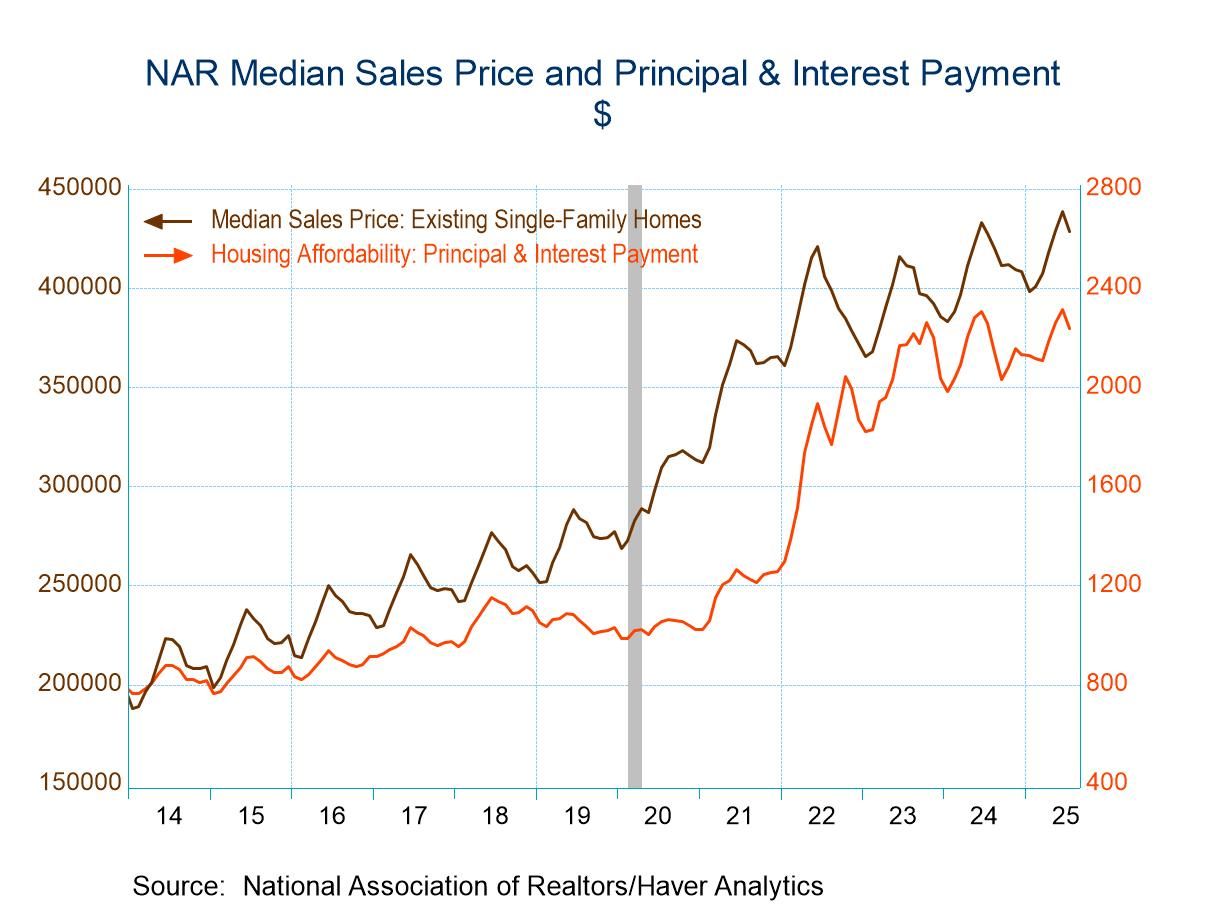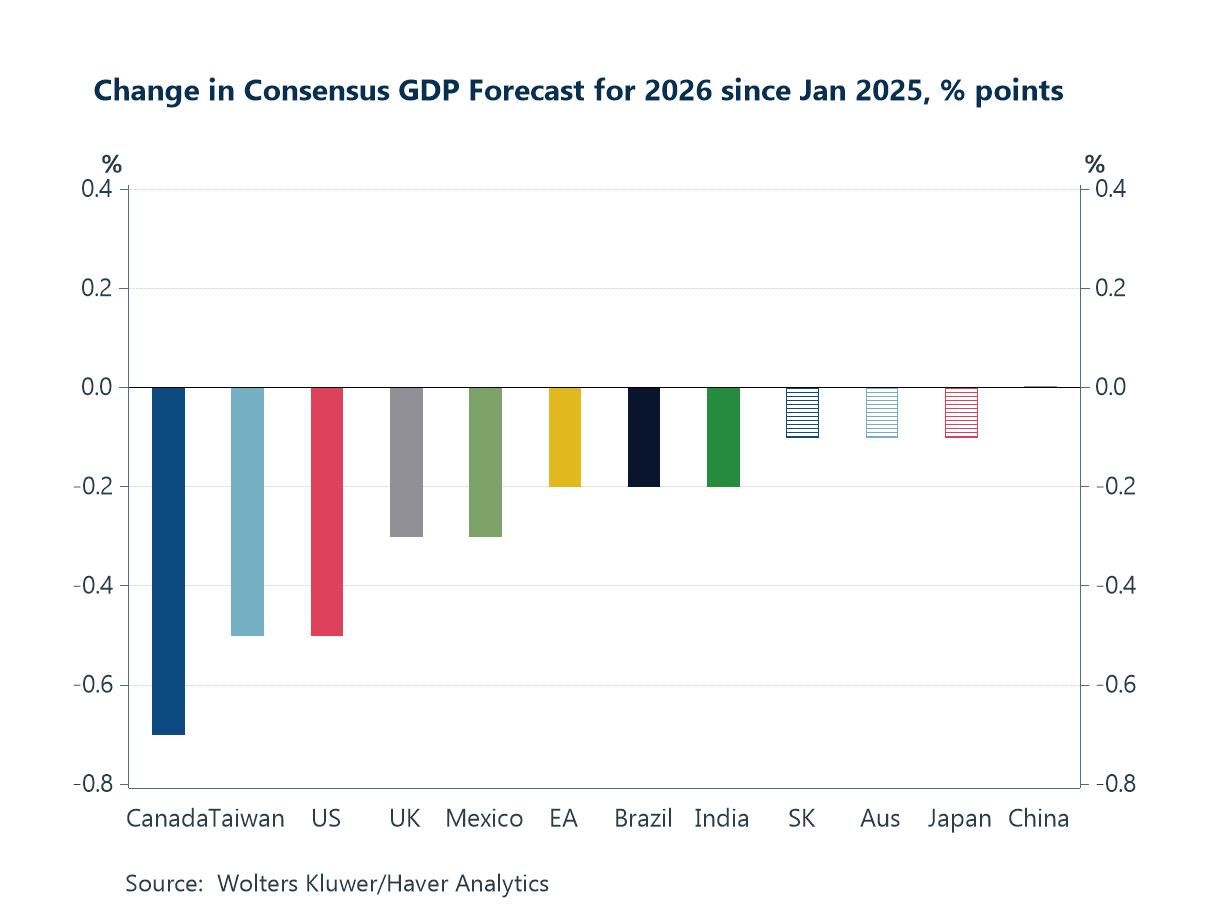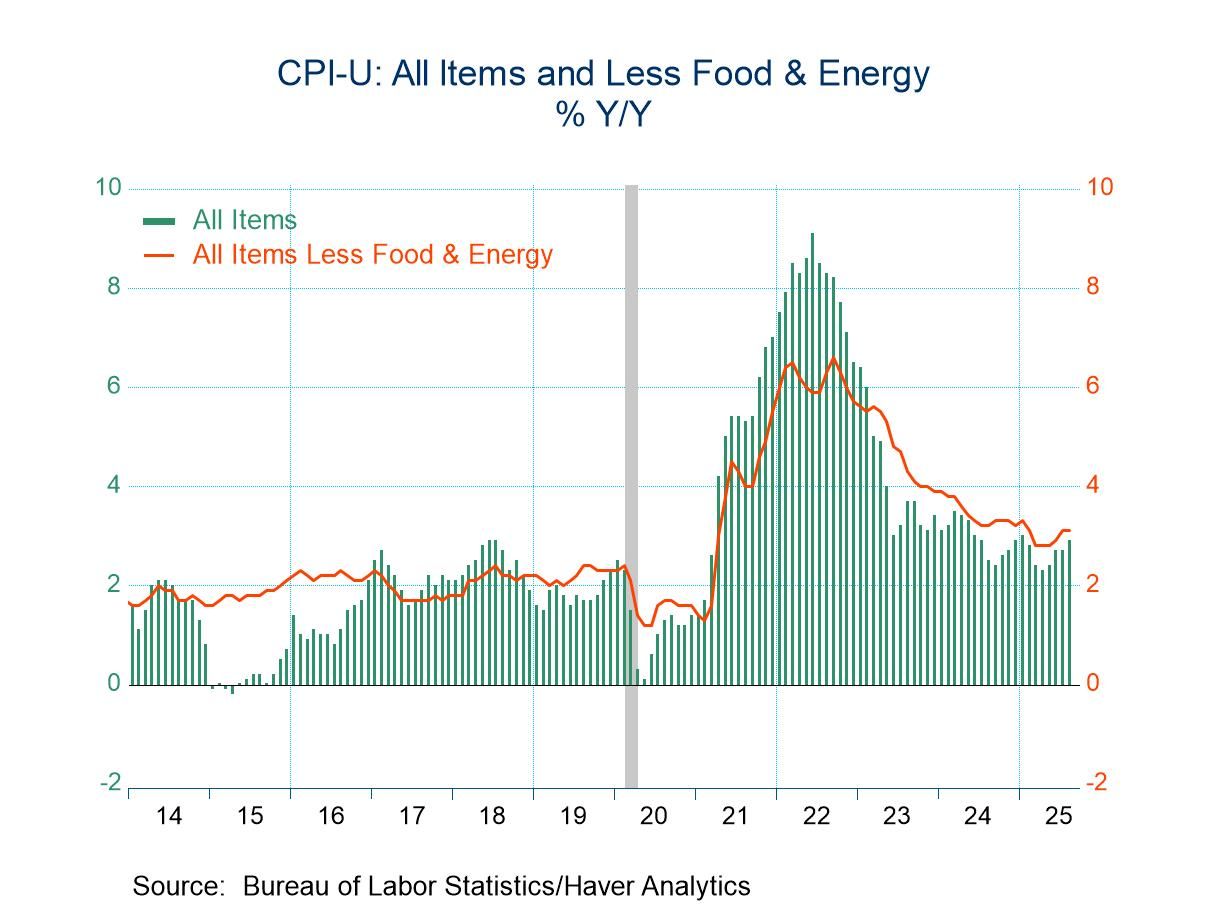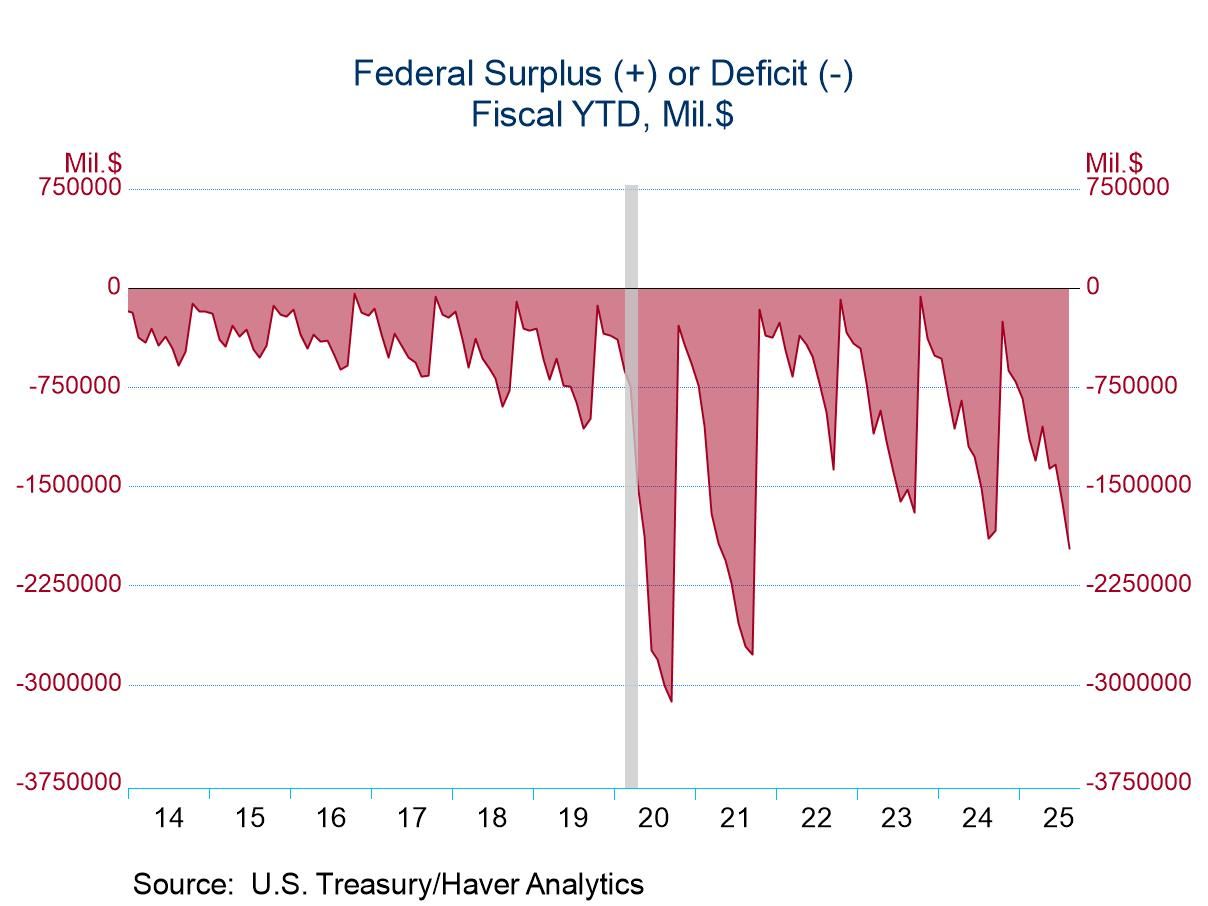 Global| Feb 24 2006
Global| Feb 24 2006Brazil GDP Has Mild Rebound in Q4 from Q3 Drop
Summary
Brazil's economy expanded 1.4% in Q4 over a year prior and 2.3% for 2005 as a whole. The Q4 result, +0.8% seasonally adjusted, was apparently below some forecasters' expectations, but even so, it represented a turnaround from a 0.9% [...]

Brazil's economy expanded 1.4% in Q4 over a year prior and 2.3% for 2005 as a whole. The Q4 result, +0.8% seasonally adjusted, was apparently below some forecasters' expectations, but even so, it represented a turnaround from a 0.9% drop in Q3. The rebound in this latest quarter is widespread among industry groups and domestic spending.
Agriculture, for instance, gained 0.8% in Q4 after a -2.1% drop in Q3. Press reports describe that there have been drought conditions in the farming region in the south restraining activity in that sector and leaving the Q4/Q4 performance at a decline of 1.8%. The annual average was up 0.8% from 2004, but that year had shown good growth across the spectrum of Brazilian industry, making a slower pace in 2005 not surprising, but also not particularly alarming.
Industry activity did relatively better in Q4 than agriculture, as mining, manufacturing and construction all improved from Q3 weakness. Services industry output in Brazil did not decline in Q3, but merely experienced slower growth. However, the specific segments tied to goods production, such as wholesale and retail trade, transport and finance, did in fact decline in Q3, and then rebound in Q4.
Overall, total GDP for the year 2005 saw slower growth than in 2004, down more than half at 2.3% versus 4.9% in 2004. A look at spending components might give some explanation. In 2004, several items were strong: investment demand and exports in particular. Investment grew 10.9%, its second highest growth rate in the 14-year history of these national accounts data, and exports gained 18.1%, their biggest gain. So some moderation in 2005 was probably to be expected. The last graph, however, indicates that there is a bit of upward movement heading into 2006. This graph shows the ratio of the current quarter's GDP level to a four-quarter moving average. Using features of the DLXVG3 software, we have drawn a "horizontal reference line" at 1, i.e., where the latest quarter is equal to the four-quarter moving average. Then we have formatted the series in bars, which point up and down from the horizontal reference. There we can see that Q4, despite its result less than forecasters had hoped, does look to be starting to climb up from the sluggish Q3 position.
| Brazil: Index, 1990=100, % Changes* |
Quarter/Quarter
Year/Year | 2005 | 2004 | 2003 | |||
|---|---|---|---|---|---|---|---|
| Q4 2005 | Q3 2005 | Q2 2005 | |||||
| Real GDP | 0.8 | -0.9 | 1.4 | 1.4 | 2.3 | 4.9 | 0.5 |
| Agriculture | 0.8 | -2.1 | 0.9 | -1.8 | 0.8 | 5.3 | 4.5 |
| Industry | 1.4 | -0.9 | 1.5 | 1.4 | 2.5 | 6.2 | 0.1 |
| Services | 0.7 | 0.3 | 0.7 | 1.8 | 2.0 | 3.3 | 0.6 |
| Private Consumption | 1.3 | 1.0 | 1.2 | 3.4 | 3.1 | 4.1 | -1.5 |
| Investment | 1.7 | -0.9 | 4.7 | 2.7 | 1.6 | 10.9 | -5.1 |
Carol Stone, CBE
AuthorMore in Author Profile »Carol Stone, CBE came to Haver Analytics in 2003 following more than 35 years as a financial market economist at major Wall Street financial institutions, most especially Merrill Lynch and Nomura Securities. She has broad experience in analysis and forecasting of flow-of-funds accounts, the federal budget and Federal Reserve operations. At Nomura Securites, among other duties, she developed various indicator forecasting tools and edited a daily global publication produced in London and New York for readers in Tokyo. At Haver Analytics, Carol is a member of the Research Department, aiding database managers with research and documentation efforts, as well as posting commentary on select economic reports. In addition, she conducts Ways-of-the-World, a blog on economic issues for an Episcopal-Church-affiliated website, The Geranium Farm. During her career, Carol served as an officer of the Money Marketeers and the Downtown Economists Club. She has a PhD from NYU's Stern School of Business. She lives in Brooklyn, New York, and has a weekend home on Long Island.





